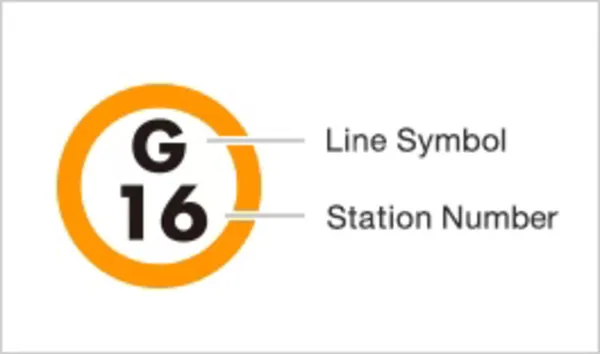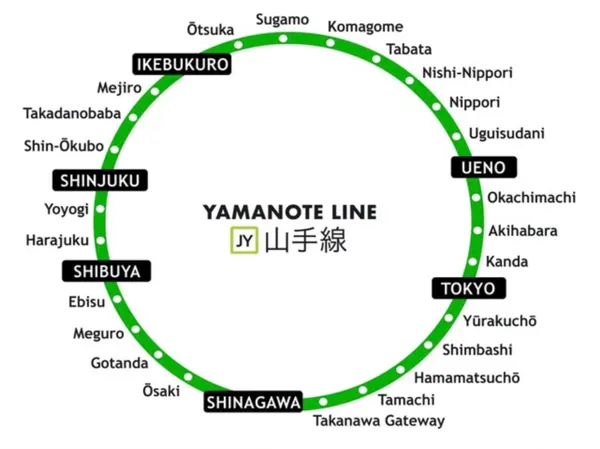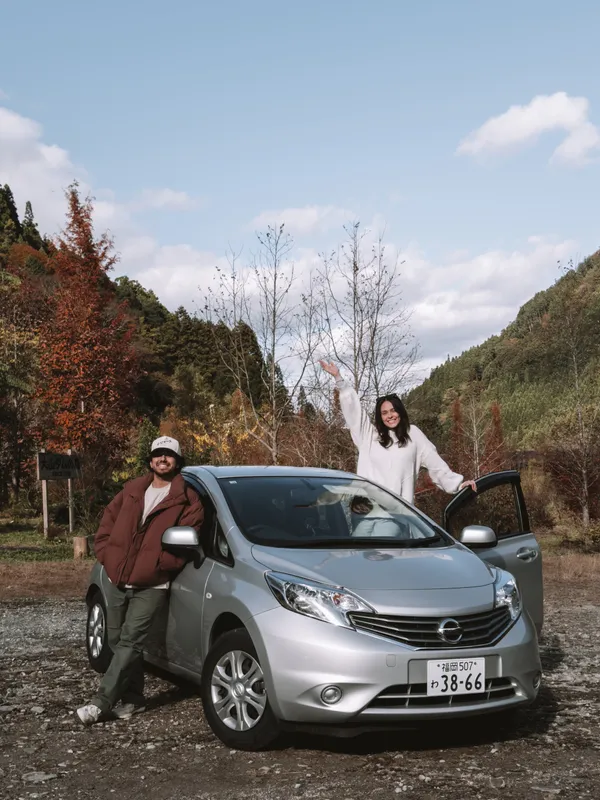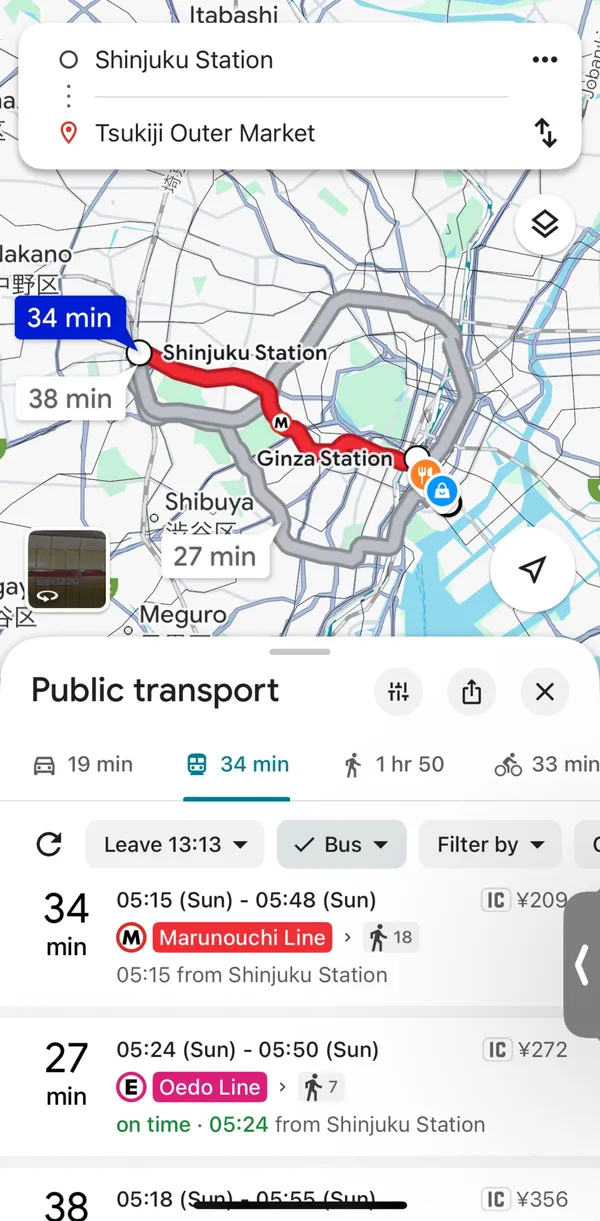Japans Amazing Transportation: Trains, Shinkansen, Buses, JR Pass and more!
after visiting Japan multiple times, here's a guide so you can have an overall understanding of Japans transportation system.
Japan’s public transportation is honestly on another level, the best of the best and hands down superior to anywhere I’ve been. From buses to metro lines and even the famous bullet trains, Japan has it all figured out. But with such an amazing system, it can also feel a little overwhelming at first. Don’t worry though once you get the hang of it, it’s totally manageable. So, where do you even start?
Let’s break it down with what you need to know about trains, the metro, JR lines, and the Shinkansen. I’ll focus on Tokyo first, because once you understand it there, the rest of Japan will make way more sense.
Tokyo pretty much runs on trains. They’re the backbone of the city and make commuting and exploring super easy for everyone. That said, you’ll still spot cars around (mostly cabs), but trust me, trains are the real MVP here.
Now, Tokyo has two main types of subway systems (and you’ll see this all over Japan too). the Metro/Subway lines and the JR lines. So, what’s the difference? The Metro is usually more local and city focused with smaller cars, shorter routes, and more frequent stops. You’ll know you’re on a Metro line when the train line is marked with a letter inside a circle. Stations will also be labeled with both a letter and a number inside a circle, the number tells you which station it is. Here’s an example of what that looks like:

To get on a Metro is very simple: just download an IC card (a prepaid transit card) onto your Apple Wallet (for iPhone users). There are about 10 different variations of IC cards, and each card corresponds to a specific region of Japan. For example, the Suica and Pasmo cards correspond to the east side of Japan (JR East), while the ICOCA card corresponds to the west (JR West). Do you need a different one depending on what area you’re in? No, one IC card works across Japan, so you only need one.
On my first trip to Japan, I landed in Osaka and was able to get a physical ICOCA card, which I used everywhere else including Tokyo (I also didn’t know then that I could add it to my Apple Wallet).

To add an IC card to your Apple Wallet, open the Wallet app, click the “+” symbol in the top right corner, select “Transit Card,” and then scroll down to “Japan,” where you’ll see three IC cards to choose from. Pick one, press “Continue,” and load it with the amount you want (in yen).
If you don’t have this option, don’t worry you can get a physical IC card once you land in Japan. At a JR station, go to the ticket machines, look for the IC symbol, and select the option to purchase a new IC card. You’ll need to pay a ¥500 deposit for the physical card itself, not including the loaded balance.
What else can the IC card cover?
A lot more than just trains, it also works for buses, lockers, and even at a conbini (convenience stores) like 7-Eleven and Family Mart. It can also be used on some local JR lines, such as the Yamanote Line.
What can IC cards not cover?
Any long distance trains, such as the Shinkansen (bullet train), that take you into a different region. For example, Tokyo to Kyoto. (I’ll explain this in just a moment.)
JR Lines and Shinkansen
JR lines are not operated by the same company as the Metro or Subway. However, many local JR lines can be used with an IC card without issue. To distinguish a JR line, look for the label like the Metro, it will be marked with a letter and a number, but instead of a circle, it will be inside a square with rounded corners.
The Yamanote Line is part of the JR network but is a local Tokyo train that literally runs in a loop, stopping at most of the city’s major hubs such as Shibuya, Shinjuku, and Harajuku. It’s a great line to hop on and off, and it’s almost impossible to get lost while using it. (I also recommend booking accommodation near the Yamanote Line.)

The Shinkansen, also known as the bullet train, is one of the fastest trains in the world! It can take you from Tokyo to Kyoto or Osaka in just two hours, a trip that would normally take about 8 hours by car. And it doesn’t just run between Tokyo, Kyoto, and Osaka; the Shinkansen network stretches almost everywhere in Japan, making it the most accessible long-distance transport option.
JR Pass
So, if you can’t use an IC card on a Shinkansen, how do you ride it?
Easy, you can buy an individual one-way Shinkansen ticket at the station. Just go to the desk labeled “Shinkansen” and tell them where you’re headed. If you’re traveling with luggage larger than a carry-on, make sure to mention it so they can seat you where there’s space for it.
Tip: If you’re traveling during the day, ask for seat E for the best Mt. Fuji views.
Another option is to book Shinkansen tickets through Klook, which lets you reserve in advance and skip queues at the station. Klook even allows you to choose the “Mt. Fuji view” option when booking.
Now, about the JR Pass… Do you need it? Honestly, it depends. If you’re only traveling between Tokyo, Osaka, and Kyoto, I don’t recommend it. The cost of the pass doesn’t even equal two Shinkansen rides, and since it doesn’t cover Metro or buses, you’ll still need an IC card anyway.
But, if you plan on taking multiple Shinkansen trips beyond just a round trip, then yes, the JR Pass can be worth it. Just keep in mind that you’ll need to order it online at least a month before your trip since it’s physically mailed to your home. The JR Pass is designed for international visitors. You can order a JR Pass on Klook or on the official site, which is the only place you can reserve Shinkansen seats ahead of time with the pass.
The JR Pass is available for 7, 14, or 21 days, with prices ranging from about $334 USD to $966 USD, depending on the duration and class (with the “Green Car” being first class). The pass activates the first time you use it, so plan accordingly.
Public Buses
Public buses are also a great way to get around Japan. While they aren’t as fast as trains, they’re useful for reaching high-traffic spots and rural areas where trains don’t go. You can pay with an IC card or cash. You’ll likely need a bus or two if you wander outside the main cities.
There are also Express Buses, which are designed for long-distance travel. These aren’t your usual city buses, they’re more like shuttles with extra cushioning and reclining seats. I usually take them when arriving at Narita Airport or when traveling from Tokyo to Mt. Fuji. They’re not always the cheapest option, but they’re still very affordable, convenient for luggage, and save you from multiple train transfers.
From Narita Airport: You’ll find the Express Bus after baggage claim.
From Tokyo to Mt. Fuji: Reserve a seat at the bus ticket office across from Shinjuku Station or at the Express Bus office in Tokyo Station. Just tell them you’re heading to Kawaguchiko.
Driving in Japan
Can you drive everywhere instead? Yes, but in cities like Tokyo, you won’t need to, and parking is limited. I recommend renting a car only if you’re planning to explore rural areas with less public transportation. You can easily book a car through Klook, which has a user-friendly process.
To rent a car, you must have an International Driving Permit (IDP) in addition to your regular license. Without it, they won’t let you rent. If you’re in the U.S., you can get an IDP from your local AAA office for about $20. And remember, Japan drives on the left side of the road.
When Alex and I visited Mt. Fuji, we struggled at first with overcrowded buses that often weren’t on time (shocking, I know). Once a friend picked us up with her car, we were able to see so much more in a single day, which is why I now always recommend renting a car to explore Mt. Fuji.
We also rented a car when visiting Hita, the hometown of Attack on Titan. My boyfriend is a huge anime fan, and visiting Hita was top of his list. We realized the trip from Fukuoka Station would be long and complicated without a car, so we rented one. It turned out to be the best choice. Hita was so local and untouched with no buses in sight, just a small JR station with infrequent trains. Renting a car made the trip smooth and stress free.

Flying Domestically.
If you don't want to spend hours on a Bullet train, sometimes flying is better and cheaper! There's plenty of domestic flights to hop on while in Japan, it might be shorter and might cost less than a Shinkansen.You do have to keep in mind all the weight restrictions, luggage prices, and departure times that each airline may carry.
Please be cautious when booking an early departure time!!
Alex and I thought we would be saving money by booking a 7am $50 flight to Fukuoka from Osaka while staying in Kyoto the night before. and boy were we wrong!!! We learned the hard way that if you're planning to take the trains to the airport, to look up the train schedule ahead of time! There was no way of getting to the airport with plenty of time because the trains simply did not get there on time. The trains stop running by midnight and don't start until 4 or 5 am. No trains, or buses will get there on time and the only option was to get a cab that would've cost $300-400 usd… yeah…. YIKES, my bad. We couldn't cancel and ask for a refund, and ended up taking a Shinkansen instead… we probably lost a couple hundred…
Getting around Japan
Okay so now that you have an overall understanding of Japans public transport system, how do you get around and avoid getting lost?
Well I'll be honest, getting lost is ALL part of the experience and what better place to get lost in other than Japan? Hahaha honestly, you will be just fine! Just download the Google maps onto your phone!
Google maps will be your best friend!! Forget apple maps, google maps has the best routes to getting anywhere in Japan. It offers multiple routes to a destination, an accurate schedule of each train and buses, and will tell you exactly which station, station entrance and which platform to get on. If you accidentally missed a train, don't worry the next one will come in 1 to 5 minutes.
TIP: download the offload map on the google map app so you don't have to worry about data.

Looking for things to do?
Go check out my guide for the best free things to do as well as itineraries and travel tips to make your trip unforgettable.

